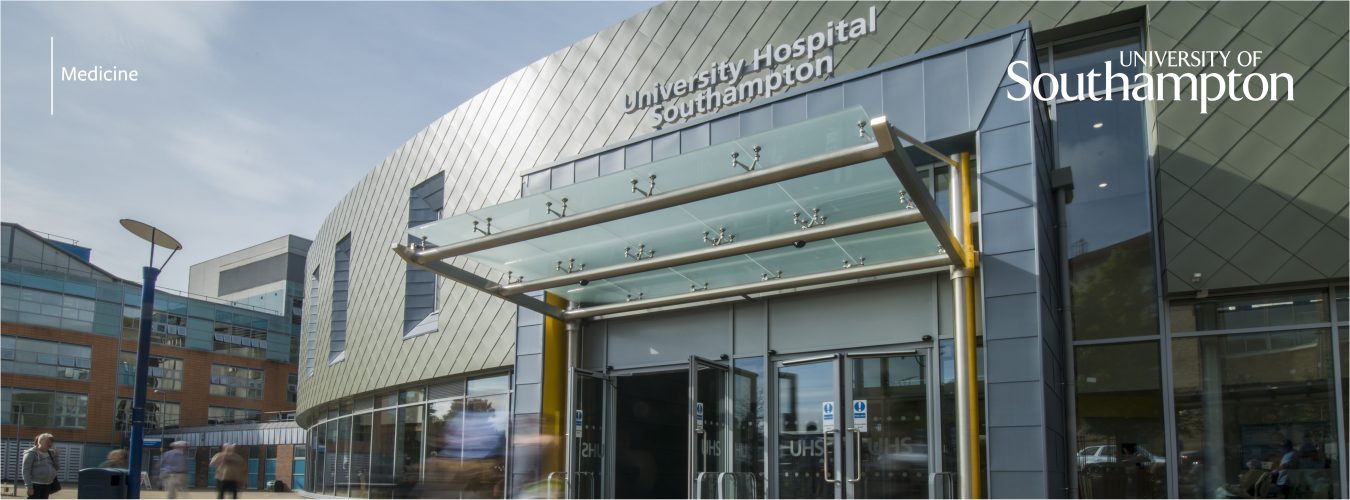I am delighted to be the first student invited to write a ‘Medically speaking’ blog post.
My name is Samantha Mills, I am a BM6 student currently intercalating on the MMedSc programme. Over the past two years there have been a lot of other firsts for me, of these, one of my fondest memories is when I, together with colleagues from African Caribbean Medical Association (ACMA) and Equality in Medicine society, hosted an online event for Black History Month called ‘Black excellence in medicine’.
We had a great turnout and heard from a range of prominent speakers and leaders in healthcare, including Professor Francis Chinegwundoh, the first black consultant urological surgeon in the UK and Malone Mukwende, medical student and author of Mind the Gap. What struck me about the speakers that night was that all these extremely successful people had a shared understanding of what it was like to be black and in the healthcare profession. They were able to share their frustrations at the lack of opportunities in medical training to learn more about treating patients from diverse cultural and social backgrounds. They had all experienced the additional barriers and social exclusion that come with being from a ethnic minority background in a white middle class dominated environment and having to work twice as hard to get the same recognition as our peers. This event for me was special because it is one of the first times, I felt a real sense of belonging. But what’s more, it gave me a sense of validation and hope because despite all the setbacks these speakers shared, they were able to reach the successes that they have.
However, when I reflect on this event, it is simply not enough to feel a sense of belonging and representation for one month of the year. It has been documented for a long time that the medical school student body, and consequently the medical workforce, is not reflective of the diverse patient population we serve and there is a continued lack of training on cultural awareness, unconscious bias and medical racism. The headlines we all saw outlining racial disparity in deaths from COVID-19 and the staggering statistics of the racial disparity maternal mortality are just two examples that reinforce the fact that patient care for marginalised groups is compromised. There is no denying that things are changing, and slowly medical schools and the medical workforce is becoming more diverse. However, it is not happening fast enough; there is still much to do for example, in creating a more diverse curriculum in which we are all represented regardless of our social and cultural background, and ensuring students are able to feel comfortable in the medical school environment.
The student body has been particularly vocal about the changes they would like to see. In March of this year, we saw the collaboration of ACMA and Muslim Medics Society, where we teamed up to deliver a session on cultural competency to senior faculty staff and placement facilitators at the Clinical Centre’s Forum. My student colleagues and I spoke about the impact of living in a colour-blind society and the negative implications this has on the delivery of healthcare to black and Asian communities. We discussed in detail microaggressions and the role they play in the welfare of students from minority and faith backgrounds. We also organised and facilitated a 45-minute case-based learning session in which we encouraged staff to discuss amongst themselves the problems students face whilst on placement. The day was a success, and we had some challenging yet insightful discussions. Feedback from both staff and students was positive.
We now have an Equality Diversity and Inclusion (EDI) student committee with six sub-committees (Race and Ethnicity, LGBT and gender equality, Disability, Neurodiversity and long-term conditions, mental health, differential attainment, faith groups). As the co-founder and co-chair of this committee it has been a pleasure to work with the Faculty EDI Education committee to voice the concerns of students from a range of underrepresented backgrounds and look at how we can come to solutions together. I have learned, and continue to learn, a great deal about creating a diverse environment. But my takeaway message is that EDI should be everyone’s responsibility. This is just one of the first posts of many in which you will hear from our students on the committee. I hope you have enjoyed reading this!


A reflection on representation in medical school by Samantha Mills, BM6 student